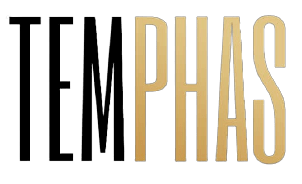What is 420 and what is the history behind the celebration?

Ever wondered what the history behind the 420 day celebration is? Sit back and let us take you on a ride that tells the history.
Five San Rafael High School students were looking for a party after getting tired of Friday night football games in 1971. The five students dubbed themselves the “Waldos,” after the school wall they used to perch on. The Waldos were able to work on their impressions of their classmates and professors on the wall, which was positioned in the main courtyard in front of the cafeteria.
After artist Steve Capper took them to what is now Silicon Valley in quest of a hologram metropolis he read about in Rolling Stone Magazine, they began filling their time with “safaris.” The Waldos used safaris as a method to push each other to come up with something unusual to do. Safaris had two rules: they had to take place somewhere new, and the participants had to be stoned.
The Waldos got together for a “safari” one day around 4:20 p.m. and smoked as much Panama Red and Acapulco Gold — marijuana varieties big at the moment for their strength and stimulating properties — as they could. The goal of this specific safari was to locate an abandoned weed patch. The meeting time, as well as the weed selection and their steady soundtrack of New Riders of the Purple Sage, Grateful Dead, and Santana, remained same. “420” eventually became the Waldos’ secret code for when they wanted to smoke.
420 is no longer a secret; it has become a symbol of cannabis culture — love it or hate it — as well as a day and hour commemorated by cannabis fans all over the world.
Capper, Dave Reddix, Jeffrey Noel, Larry Schwartz, and Mark Gravitch are the Waldos. They’ve backed up their first 4:20 p.m. safari with mailed letters, high school newspaper clippings, and US military documents.
Capper and Noel spoke to The New York Times in 2002 about their part in coining the popular weed lingo, but they refused to give their names in print due to the stigma surrounding cannabis at the time. Twenty years later, the Waldos are no longer nameless in The New York Times, as state-level cannabis legalization sweeps the country (it remains banned federally).
Capper and Reddix, who have been outspoken about discussing 420 in recent years, chatted by phone about how it felt to see the term take on a life of its own, as well as their thoughts on the future of marijuana. This chat has been condensed and modified for clarity and length.
